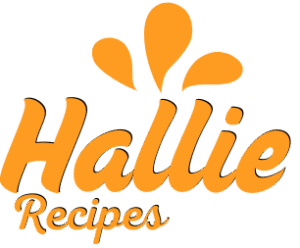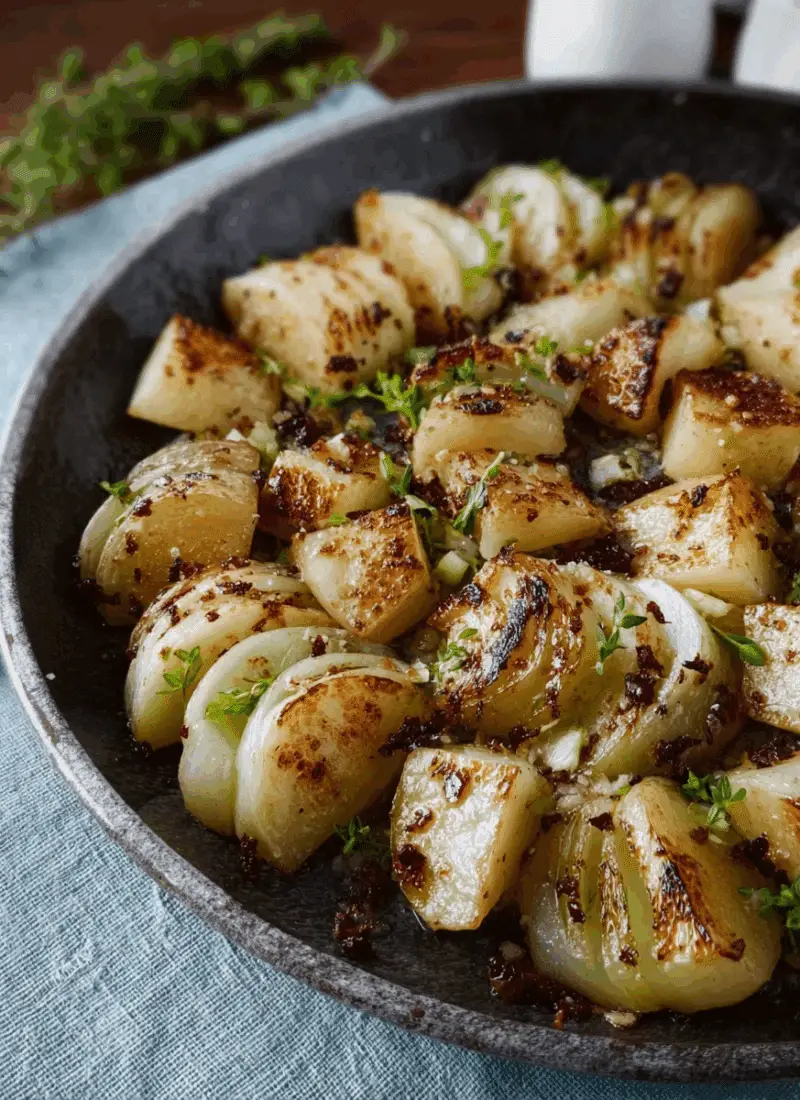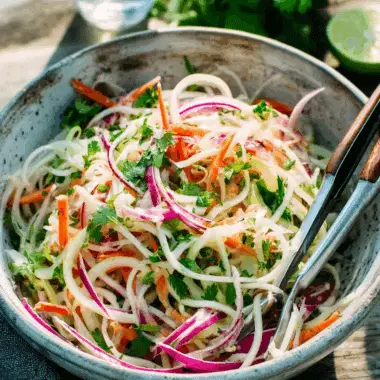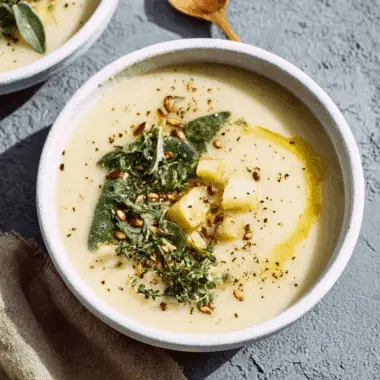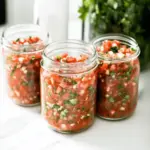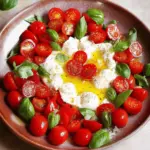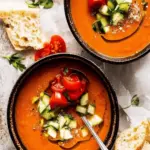Garlic Roasted Kohlrabi is a simple and flavorful side dish that highlights the earthy sweetness of kohlrabi, a lesser-known but highly nutritious vegetable in the cabbage family. This recipe uses only four basic ingredients and transforms humble kohlrabi bulbs into tender, golden bites with a crispy edge and a rich garlic aroma. It’s perfect for busy weeknights, pairs well with roasted meats or vegetarian mains, and is a great way to introduce more root vegetables into your diet.
FULL RECIPE
Ingredients
- 2 medium kohlrabi bulbs, peeled and diced into ½-inch cubes
- 2 tablespoons olive oil
- 3 cloves garlic, minced
- ½ teaspoon sea salt (or to taste)
Directions
- Preheat your oven to 400°F (200°C). Line a baking sheet with parchment paper or lightly grease it.
- In a large mixing bowl, combine the diced kohlrabi with olive oil, minced garlic, and sea salt. Toss well until all pieces are evenly coated.
- Spread the kohlrabi in a single layer on the prepared baking sheet, making sure they are not crowded to ensure even roasting.
- Roast in the preheated oven for 25–30 minutes, stirring once halfway through, until the kohlrabi is golden brown and tender when pierced with a fork.
- Remove from the oven and let cool for a minute or two. Serve warm as a side dish. Optional: garnish with fresh herbs like parsley or a sprinkle of Parmesan cheese for added flavor.
Nutrition Facts
Serves 4
- Calories: 98
- Total Fat: 7g
- Saturated Fat: 1g
- Cholesterol: 0mg
- Sodium: 296mg
- Total Carbohydrates: 9g
- Dietary Fiber: 4g
- Sugars: 3g
- Protein: 2g
- Vitamin C: 85% DV
- Calcium: 4% DV
- Iron: 3% DV
Nutritional Benefits of Kohlrabi
Kohlrabi is a nutrient-dense vegetable that belongs to the Brassica family, which includes broccoli, cabbage, and kale. It’s low in calories yet high in fiber, making it an excellent choice for those seeking to improve digestion and promote satiety. This cruciferous vegetable is a powerhouse of vitamin C, offering over 100% of the daily recommended intake in just one serving. It also provides essential minerals like potassium, magnesium, and calcium, all of which contribute to muscle function, heart health, and bone strength. Incorporating garlic-roasted kohlrabi into your diet is a delicious way to add nutrients and antioxidants to your meals.
Flavor Profile and Texture
When roasted with garlic and olive oil, kohlrabi transforms from a slightly crunchy, cabbage-like bulb into tender, caramelized morsels with a nutty, subtly sweet flavor. The garlic infuses each bite with savory depth, while the olive oil helps develop a lightly crispy exterior. The texture after roasting is similar to that of roasted potatoes or turnips but with a milder, less starchy mouthfeel. This appealing transformation makes it a favorite even among those unfamiliar with the vegetable, turning an often-overlooked ingredient into a crave-worthy side dish.
Simple Preparation with Minimal Ingredients
One of the key advantages of this garlic roasted kohlrabi recipe is its simplicity. With just four ingredients—kohlrabi, olive oil, garlic, and salt—this dish proves that you don’t need a long ingredient list to achieve big flavor. Minimal prep work is required: peel, dice, toss, and roast. The ease of preparation makes it perfect for weeknight dinners, meal preps, or beginner cooks. Despite its simplicity, the dish feels elevated and flavorful enough to serve at a dinner party or holiday meal.
Health Benefits of Garlic
Garlic not only enhances the flavor of the roasted kohlrabi but also adds an array of health benefits. Rich in compounds like allicin, garlic has been shown to have anti-inflammatory, antiviral, and antibacterial properties. It’s known to support immune function, reduce blood pressure, and improve cholesterol levels. Cooking garlic mellows its sharpness while retaining many of its benefits, especially when it’s roasted at moderate heat. When combined with kohlrabi, garlic adds both nutritional value and robust flavor to this easy side dish.
Dietary Suitability and Restrictions
Garlic Roasted Kohlrabi fits well into a variety of diets, including vegetarian, vegan, paleo, gluten-free, and low-carb meal plans. It’s naturally free of common allergens like dairy, nuts, soy, and wheat, making it an inclusive option for households with diverse dietary needs. For those on keto or diabetic-friendly diets, kohlrabi is a smart substitute for higher-carb vegetables like potatoes. It allows for indulgent, comforting roasted dishes without spiking blood sugar levels or derailing low-carb eating goals.
Creative Variations to Try
This basic recipe can serve as a canvas for creative culinary exploration. For a spicy twist, consider adding a pinch of crushed red pepper flakes or smoked paprika before roasting. Fresh herbs like thyme, rosemary, or oregano can deepen the dish’s complexity. Parmesan cheese or nutritional yeast can be sprinkled on top post-roasting for a cheesy umami boost. You can also incorporate other root vegetables like carrots, sweet potatoes, or parsnips for a colorful, multi-textured medley. These easy customizations allow you to adapt the dish to suit your mood or the season.
Best Serving Suggestions
Garlic Roasted Kohlrabi pairs beautifully with a wide range of main dishes. Serve it alongside grilled chicken, pan-seared salmon, or roasted pork for a hearty dinner. It also complements plant-based proteins like lentil loaf, tempeh steaks, or chickpea patties. Its mild, savory flavor allows it to enhance a main dish without overpowering it. For brunch, consider mixing the roasted kohlrabi into a warm grain bowl or topping it with a poached egg for added protein and richness. It also works well as a side to soups and stews, adding texture and nutritional value.
Ideal Wine and Beverage Pairings
When considering beverages to pair with garlic roasted kohlrabi, think of wines and drinks that match its mild sweetness and roasted depth. A light white wine such as Sauvignon Blanc or Pinot Grigio complements the dish’s gentle earthiness without overpowering the garlic. If you prefer red wine, opt for a light-bodied Pinot Noir. For non-alcoholic options, herbal teas like chamomile or mint offer a refreshing contrast, while sparkling water with a squeeze of citrus can cleanse the palate and enhance the subtle flavors of the kohlrabi.
Storage and Reheating Tips
Leftovers of garlic roasted kohlrabi can be easily stored in an airtight container in the refrigerator for up to four days. To maintain its texture, reheat it in an oven or air fryer at 375°F (190°C) for 5–7 minutes, which helps re-crisp the edges. Avoid microwaving if possible, as it may lead to sogginess. This dish also freezes well, although the texture may soften slightly after thawing. To freeze, spread the roasted kohlrabi on a baking sheet to pre-freeze, then transfer to a sealed bag or container. Reheat directly from frozen in a hot oven for best results.
How to Select and Store Kohlrabi
When shopping for kohlrabi, look for bulbs that are firm, unblemished, and heavy for their size. Smaller bulbs tend to be more tender and sweeter, while larger ones may develop a tougher skin. Bright green leaves are a good sign of freshness and can even be cooked like kale or collard greens. Store kohlrabi in the crisper drawer of your refrigerator, ideally in a perforated plastic bag, where it can keep for up to two weeks. Remove the leaves before storage to prolong the freshness of the bulb. Peel the thick outer skin before cooking for the best texture and flavor.
Environmental and Seasonal Considerations
Kohlrabi is typically in season during late fall through early spring, though it’s increasingly available year-round in many grocery stores and farmers’ markets. Choosing seasonal kohlrabi supports local agriculture and ensures optimal freshness and flavor. Additionally, because kohlrabi is a relatively low-maintenance crop, it has a smaller environmental footprint compared to more resource-intensive vegetables. Its versatility and long shelf life also reduce food waste, making it a smart choice for sustainable home cooking. Using kohlrabi as a base for roasted dishes promotes plant-forward meals that are both eco-friendly and delicious.
Conclusion
Garlic Roasted Kohlrabi is a perfect example of how simple, wholesome ingredients can be transformed into a flavorful, nourishing dish with minimal effort. Its unique flavor profile, combined with a rich nutritional value and versatility, makes it an outstanding addition to any meal. Whether you’re introducing a new vegetable to picky eaters, exploring healthy alternatives to traditional sides, or simply looking for an easy, satisfying recipe, this dish delivers. By understanding its many benefits from dietary adaptability to sustainable sourcing you can fully appreciate why roasted kohlrabi deserves a regular spot in your kitchen rotation.
